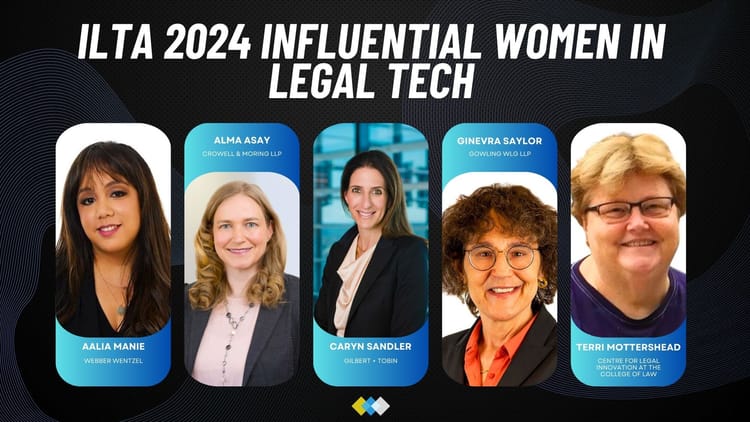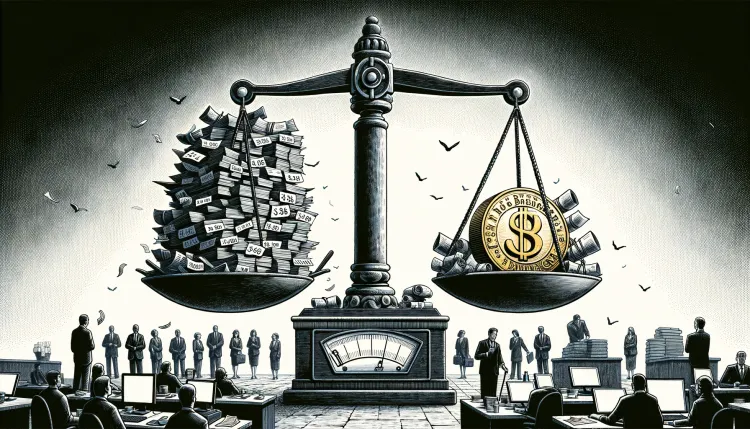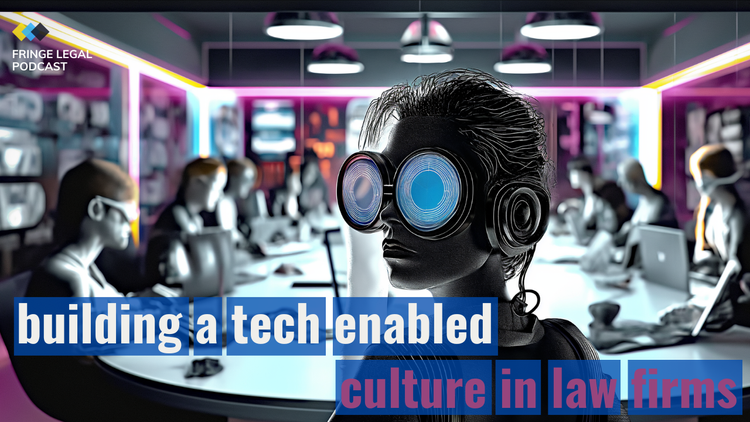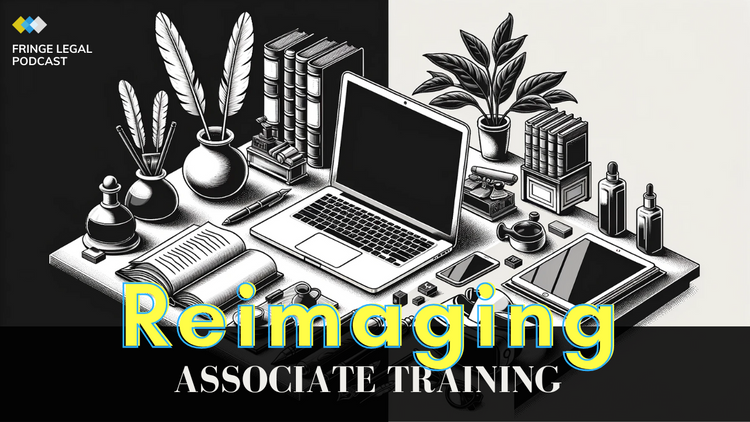Decoding ESG: A Practical Guide for Legal Teams

ESG (environmental, social, governance) factors have become essential considerations for companies seeking to manage risk, attract investment, and operate sustainably.
Yet myths and misconceptions persist around what ESG is and how best to approach it. This leads many legal teams to view ESG as an amorphous compliance exercise rather than a strategic priority.
Recently on the Fringe Legal podcast, Abhijat Saraswat interviewed ESG expert Kai Gray, CEO of advisory firm Motiv, to demystify ESG and offer practical guidance for legal professionals. In this post, we’ll break down key insights from the discussion.
What ESG Really Means
At its core, ESG refers to a set of standards used by investors, regulators, and stakeholders to evaluate companies across three pillars:
- Environmental criteria assess impacts on the natural environment through metrics like energy usage, waste, pollution, natural resource conservation and more.
- Social criteria examine how companies manage relationships with people and communities. Diversity, labor practices, customer well-being, and community engagement fall under this umbrella.
- Governance criteria deal with company leadership, audits, internal controls, shareholder rights, executive pay, ethics, and transparency.
But ESG is not simply about determining whether companies are “good” or “bad.” As Kai Gray explains,
“ESG is really a measure of transparency – how much information do you know about a company before you invest in it?”
Extensive ESG disclosures allow investors to better analyze risks ranging from human rights violations in the supply chain to lack of board independence. More transparency equals a lower risk profile.
ESG as Industry-Relevant Risk Management
Legal teams often struggle to prioritize ESG because rating systems span up to 200 indicators. But not every metric holds equal importance.
“Materiality changes by industry,” notes Kai. “A mining company has very different material ESG factors than a software company.”
Environmental and social issues tend to be most material for manufacturing, mining, oil & gas, transportation, and other industrial sectors. Companies with large environmental footprints face the greatest ESG pressures.
ExxonMobil often scores well on ESG metrics because they publish a lot of data and are transparent, whereas Tesla does not provide as much disclosure.
Meanwhile, governance issues around ethics, transparency, and board independence remain relevant across sectors.
Rather than getting lost in the ESG maze, legal teams should focus on:
- Issues that align with core business goals and stakeholder concerns
- Factors where the company can realistically move the needle
- Quick policy wins that provide strong ROI
By tying ESG to commercial objectives and industry context, legal teams spend time where it matters most.
Getting Started: A Phase-Based Approach
Beginning an ESG journey can feel overwhelming, given the breadth of reporting frameworks, rating systems, and issues in play.
Kai recommends a phased approach focused on quick wins:
“If you’re thrown into a new ESG role with limited budget, I would focus first on policies. ESG puts a lot of emphasis on policies, which companies can create themselves. This can have a big impact with minimal effort and cost.”
Here are some other tips for a successful phase-based rollout:
Phase 1 – Disclosure:
- Identify key ESG reporting frameworks like CDP, GRI, and SASB to guide disclosure
- Prioritize issues highlighted by customers, investors, and other stakeholders
- Start collecting data for 2-3 priority metrics in each ESG pillar
Phase 2 – Policy:
- Draft priority policies on governance, ethics, human rights etc., to address growing expectations
- Ensure proper legal review for all policies to manage risk
- Use policies to demonstrate commitment to ESG priorities
Phase 3 – Integration:
- Set baselines using disclosure data to track performance on targets
- Integrate ESG metrics into executive incentives and operating reviews
- Embed ESG considerations into decision-making processes
Phase 4 – Innovation:
- Explore product and business model innovations that create shared value
- Partner with vendors, suppliers, and contractors to drive ESG across the value chain
- Develop cutting-edge impact reporting leveraging artificial intelligence
For companies with limited budgets, focus first on developing ESG policies. This can have a big impact with minimal effort and cost.
ESG regulation and stakeholder pressure will only accelerate. Taking a phased approach allows legal teams to build capabilities while delivering ongoing value.
Pitfalls to Avoid
In working with companies at various stages of ESG refinement, Kai has observed some common pitfalls:
- Trying to tackle too many ESG factors simultaneously rather than maintaining focus
- Setting unrealistic ESG goals without consideration for operational capabilities
- Making lofty ESG claims without the data or policies to back them up
- Viewing ESG as separate from business objectives rather than an enabler
To avoid these traps, Kai advises tying ESG strategy to commercial goals:
“Understand your business objectives first before diving into ESG frameworks.”
He also stresses the importance of incremental progress:
“For companies just starting out, help educate and bring people along at a manageable pace.”
The ESG Journey Continues
ESG is not a static compliance exercise, but rather an ongoing journey to embed sustainability into business strategy and culture.
Legal teams play a crucial role in turning ESG commitment into action. By emphasizing pragmatic approaches grounded in commercial reality, legal helps make ESG “real” for the organization.
Small, measured steps in the right direction add up to real impact over time. As Kai reflects, “Rome wasn't built in a day.” But brick by brick, legal teams can construct an ESG edifice that stands the test of time.
Questions to explore the topic further in your own organization
- How can we integrate ESG reporting into existing compliance processes?
- Which sustainability disclosures warrant legal review?
- Who should “own” ESG strategy? How can legal support them?






Become a Fringe Legal member
Sign in or become a Fringe Legal member to read and leave comments.
Just enter your email below to get a log in link.